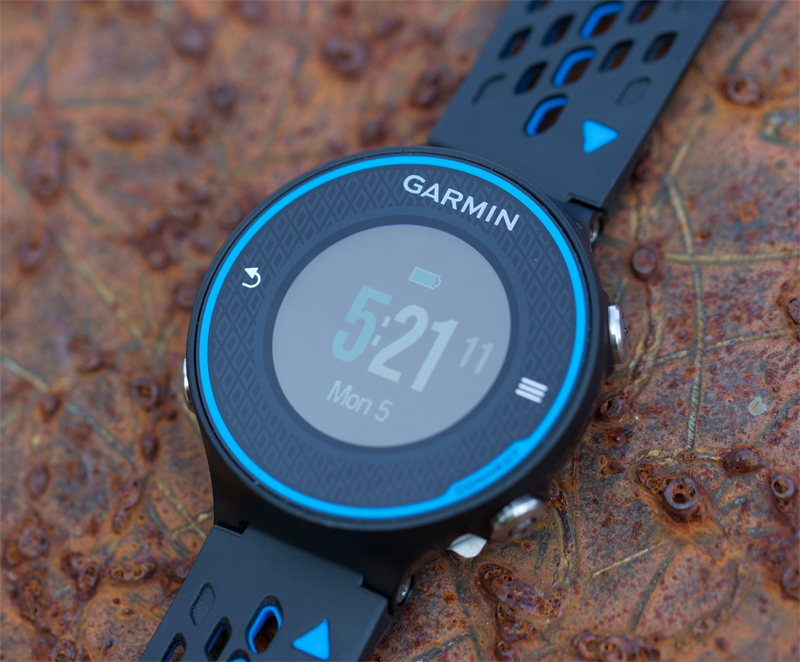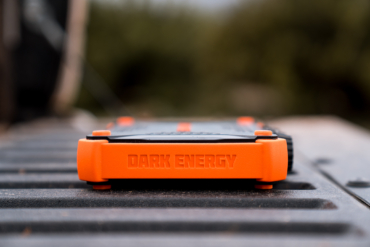
Never before seen features come standard on two Garmin watches, announced today. The brand’s Forerunner 620 and Forerunner 220 running watches have color screens, a slim profile, GPS capability, and extras we did not anticipate coming to market any time soon.
When the watches ship this fall runners will be able to measure their approximate VO2 max as well as have the watch assess their running stride. It does this with an array of onboard gauges, including GPS, an accelerometer, heart-rate measure, and more.
A tag line with both units, which cost between about $250 and $450, is “the next best thing to having a personal running coach.” This stems from features like a “recovery advisor” and a “race predictor” feature, both of which employ stats gathered from training runs to build custom plans for the wearer.

Like other Forerunner models these new ones track via GPS standard stats on a run like distance, speed, and pace. Heart rate straps are included. Both have a 1-inch color display. It’s a touchscreen on the higher-end 620 model. Also, wi-fi and Bluetooth wireless let you sync the watch with a computer and upload data.
(See large photos of the Garmin Forerunner 620 and 220 on page 2 of this post)
I think the VO2 max estimator is a great add-on. Here’s Garmin’s background and some explanation of the process:
“Previously, the only way to accurately obtain VO2 max was by paying for a lab test. When used with a heart rate monitor, the Forerunner 620 watch incorporates several pieces of data, like running speed, beats per minute and heart rate variability, into an algorithm to estimate a runners’ VO2 max. The number itself indicates the maximum volume of oxygen a runner can consume per minute, per kilogram of body weight at their max. Theoretically, the more oxygen runners can use, the more energy they can produce.”
From the VO2 max estimate, the watch can then predict a runner’s race time. It spits out “a time target for their next race, assuming they’ve completed proper training,” Garmin notes.

The second cool new feature: These watches can teach you how to improve your stride and body form via an accelerometer embedded in the heart-rate strap. It measures torso movement and syncs with the watch computer to offer stats on running cadence (number of steps per minute), vertical oscillation (the bounce in a runners’ motion), and ground contact time of the foot (measured in milliseconds).
With those data points a runner can learn how to make his stride more efficient.
Lots of neat new features on the Garmin units. We’re excited to hit the road and test the watches out when they come to market this fall!
Garmin has built a microsite with images and more info on the Forerunner update. Take a look to dig in and see if one of these advanced new models might be right for you.
—Stephen Regenold
See more photos of the Garmin Forerunner 620 and 220 on page 2 of this post…






